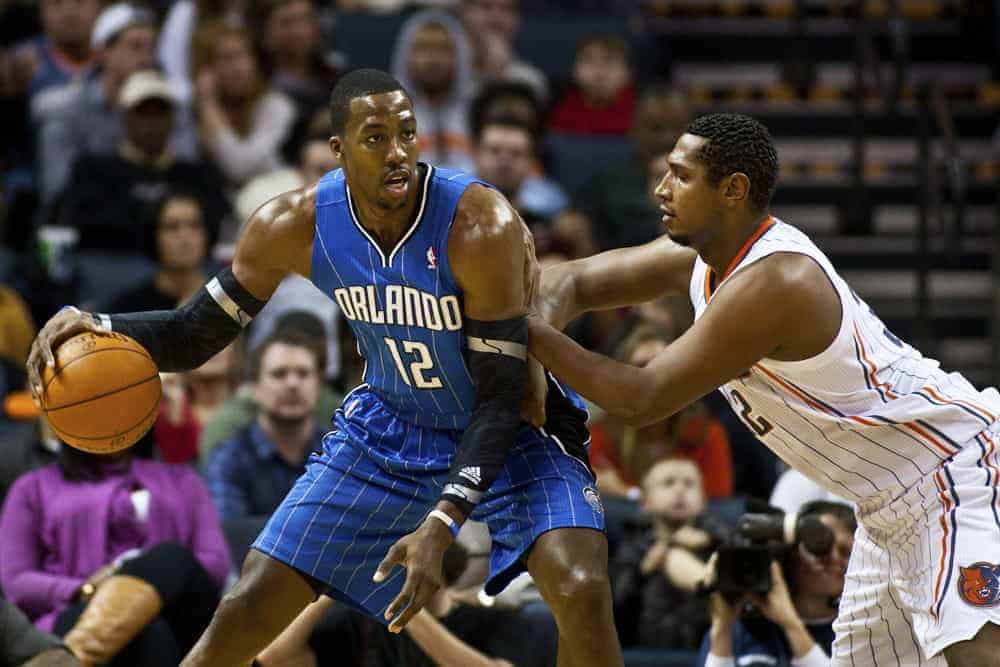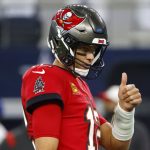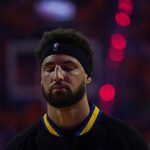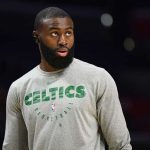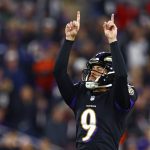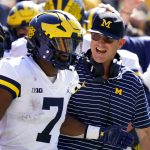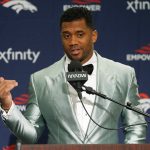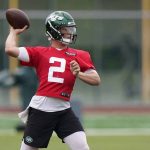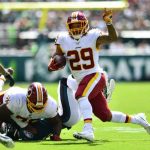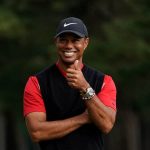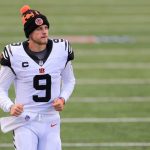Vince Carter’s retirement has led to heaps of praise bestowed upon him from fans, players and analysts alike. His dunk highlights have flooded the web over the last few days; memories of his flashy play have made all of us aflutter; and, most of all, we are all now looking back at Vinsanity’s career with the rose-colored glasses that his 2010s provided us. As you do, when a player retires — at least, largely well-remembered players. You focus your attention to their good qualities, ignore their bad and stick the black/white label of “Hall of Famer or Not” on them. And Vince is, of course, going to make the Hall of Fame. He peaked as high as anyone in the 2000s and then settled into a long-ass run of productive play, even though he could have conceivably retired 10 years ago and still made the Hall.
I am not here to slander Vince’s Hall of Fame case. He’s in, and he was possibly my favorite player in my early fandom. Rather, I am here to slander the Hall of Fame careers of Vince and others who fell short of the wild ceiling we placed on them when they first entered the league.
This is not an indictment on the players themselves necessarily; all of them were individually great and worthy of adulation. The point is that these great players still fell shy of insane expectations whether due to injury, bad team luck or simply overestimation.
6. Vince Carter
Let’s start with the proverbial guest of honor.
There was once a time when Kobe versus Vince was a real debate in the post-Jordan era. Both had some of the features of a young Michael: Kobe the hyper-competitiveness and well-rounded game, Carter the explosive scoring and uber-athleticism. Alas, while Kobe ascended into the stratosphere over the 2000s, Carter settled for being a human highlight reel with enough scoring punch to merit numerous All-Star berths. Don’t get me wrong; that’s a worthwhile position to hold for a decade-plus, and Carter is generally considered to be the best dunker the game has ever seen. But due to a prime befell by some immaturity, some selfishness and a healthy dose of bad luck, Vince ended up being a slightly poorer man’s Dominique Wilkins rather than Michael Jordan 2.0. Still unquestionably a Hall of Famer, and undeniably memorable, but also well short of those expectations from circa 2000.
If Vince Carter had retired 10 years ago, he would have made the Hall of Fame, though it would have been a bit begrudging on voters’ part. Now he will go in with some fanfare because he dedicated the last decade to being a fringe role player, reconciling years of being flashy but selfish, exciting but volatile.
5. Pete Maravich
Maravich is conceivably the best player in college basketball history. Lew Alcindor was more well-rounded and had more team success, but when it came to putting the ball in the basket at ludicrous rates, no one can touch Pistol Pete. He is comfortably first in all-time scoring despite only playing three seasons, averaged 44.2 points a game for his career WITHOUT A 3-POINT LINE and still managed a solid five assists a game. Granted, those scoring numbers came on 38 shots a game and his dad was the coach, but still. He was a proto-Steph Curry, a wizard of ball handling and passing with limitless shooting range. As such, he went third overall in the 1970 draft.
And Pistol’s scoring translated pretty quickly. He averaged 23 points in his 1970 rookie year, led the league in scoring in 1977 and averaged 24 a game for his career. Overall, he made five All-Stars, four All-NBAs and is often considered the best ball handler the game has ever seen. So why is he a disappointment?
For starters, his career lasted only 10 seasons, averaging just 66 games in those 10 seasons. He ranks ninth in his class in win shares despite being the class’ leading per-game scorer and No. 2 assister. Truth be told, Maravich was somewhat of an empty-calorie scorer in his time, putting up great numbers without much team success. He played in just 26 career playoff games, nine of which came in limited minutes for the Celtics in his final year. He played zero playoff games between 1973 and 1980. So the better comp for Maravich may be early-career Trae Young rather than Steph Curry. Nothing against Maravich’s scoring abilities, but his dominance in that regard could have and should have been a boon for a great team, rather than a fun show on bad teams.
4. Patrick Ewing
Ewing was the most coveted prospect at any position arguably since Lew Alcindor. He was a mountain as a kid, blocking every shot and showing a refined, athletic offensive game. A can’t-miss, a generational talent, all the cliches applied to Ewing. Had he entered the 1984 draft with Hakeem Olajuwon and Michael Jordan, Ewing would have gone first and no one would have batted an eye.
Want to piss off a Knicks fan? Tell them Patrick Ewing — the guy generally considered to be the best Knick ever (or at least since the ’70s) — was overrated. I don’t know if it’s accurate to call him overrated, but disappointment I think is more than fair. After all, he won exactly zero titles, made just one Final and never won NBA MVP. Individually, Ewing was great, a dominant two-way player who anchored playoff teams for 15 years. But only once was he considered the best center in the league: 1990 when he averaged 28.6, 10.9 and 4.0 blocks. By the way, that year Hakeem Olajuwon averaged 24.3, 14 and 4.6 blocks, so its debatable who was more deserving of First Team All-NBA.
Besides that one season, Ewing was constantly in the shadow of the the greatest era of centers in NBA history: Olajuwon, David Robinson and Shaquille O’Neal were his contemporaries and all had more individual and team success. Plus there was the matter of the East belonging to one Michael Jordan for most of the ’90s. Were Ewing in any other era, he may have posted Olajuwon’s insane credentials. As it stands, however, he is merely an all-time great player in a time where others were larger than life.
Related
- Minneapolis Dude Missed The Gym So Much That He Hopped On A Planet Fitness Elliptical During Their Looting
- Next Stop WWE For UFC’s Cormier & McGregor?
- Want Quads Like Saquon Barkley? All It Takes Is 585 Pound Squats (And Probably Many Other Things You’d Die Doing)
3. Ralph Sampson
I’m already stretching the definitions of my own list because Ralph Sampson was far from a slam-dunk Hall of Famer. But he is enshrined in Springfield, mostly for his college career, as his NBA career was far too short to be considered Hall-of-Fame-worthy. For a brief period, Sampson was the NBA’s unicorn — a super tall, smooth big who could run like a deer, handle the ball and shoot with some range. He was famous as a teenager, on the cover of Sports Illustrated at age 19, and left Virginia as the most decorated individual basketball player in years.
The problem was that Sampson’s frame and playing style took a toll on his knees. Famously, Red Auerbach thought Sampson should have gone to the NBA out of high school, offering him $1 million to join the Celtics. Instead he chose Virginia. And those four potential pro years sacrificed for college cost Sampson some of his professional prime. Then when Hakeem Olajuwon came around the year after Sampson’s rookie season, the Rockets found they basically had a shorter Sampson with a more compact frame and less injury risk. Olajuwon ultimately became the generational talent while Sampson settled for having a really good, really short eight-year career. He made four All-Star Games and an All-NBA Second Team in that time. Again, respectable, but well shy of what the future held when the Rockets took him No. 1 in 1983.
2. Dwight Howard
Here is where the list diverts a bit. For Dwight Howard, disappointment in him does not come from expectations on draft day, but rather expectations following his 2009 season.
As a high school No. 1 pick, there was a lot of skepticism for Howard. He was skinny, kind of goofy, just a weird prospect. But because of the athleticism and frame that would allow for growth, he went first in 2004, and filled out to become the Adonis we all know today. In a lot of ways, Howard exceeded expectations, becoming the indisputable best center in the league for five years, winning Defensive Player of the Year thrice and leading a good-not-great cast of characters to the Finals in 2009. Though they lost that series, it seemed Dwight was ready to enter the greatest echelon of two-way centers occupied by Shaq and Hakeem.
But he never did. Dwight loved to have fun, not necessarily to play basketball, and it showed. He never developed a post game despite insistence on post touches and he drove teammates nuts with his faux happy-go-lucky attitude and constant farting. In today’s NBA, Dwight would have just been the consummate pick-and-roll rim runner and averaged 25 and 15 for a decade just on alley-oops and putbacks. Instead, he was a ball stopper on offense and a shit stirrer in the locker room, which tended to negate his All-World defensive talents.
For those who question Dwight’s Hall of Fame status, don’t. His credentials are insane and are comparable with some of the best ever: eight All-NBAs with five straight First Teams, five All-Defensive Teams with four Firsts, three DPOYs, five rebounding titles, two block titles, three seasons of basically 20 and 14, double-double averages every year from 2004-05 to 2017-18 and basically no injury issues until 2015. He was also cooked by age 30, so do with that what you will.
Those awards tell me this: The chasm between Dwight’s accolades and his reputation is wider than any player to ever lace up a pair of sneakers.
1. Bill Walton
Do you know how many career points Bill Walton scored? 6,215. I was going to list some players who have scored more points but the all-time scoring list on Basketball Reference stopped at the top-250 scorers. No. 250, A.C. Green, had almost twice as many points as Walton. For further reference, Walton’s Similarity Scores on Basketball Reference line him up with Tom Boerwinkle, Nikola Vucevic, Mark West and Robin Lopez. One combined All-Star appearance between them.
Look, it’s clear why Walton made the Hall of Fame despite a painfully short career. He was a phenomenon as a college player, went first overall in ’74, and in his two peak seasons with the Trail Blazers (’77 and ’78), he won a title and an NBA MVP. For a two-year run, it was arguably as impressive a combination of individual greatness and team success that anyone had that decade. And then, after injuries decimated him, Walton remade himself to become a key role player of the ’80s Celtics, winning Sixth Man of the Year. For these reasons, he is widely respected and no one really bats an eye about him being in the Hall.
But even those accolade-filled seasons were largely injury-plagued. His ’86 Sixth Man of the Year season was his only 80-gamer his entire career. In fact, it was his only 70-gamer. He only hit 60 games three times, and his MVP 1978 had him only play in 58. Four times in 14 seasons he did not play a game because of foot troubles. So really, he played 10 years in the NBA and averaged a whopping 47 games per.
It’s a run of bad luck that is really unprecedented. Walton is pretty much universally loved in NBA circles, and those two seasons in the late-’70s are iconic. But when it comes down to it, Walton fell about as far shy of expectations as a Hall of Famer possibly can, through no fault of his own.
Follow us on all of our social channels! Check out our Twitter, Facebook, Instagram and YouTube for more great Awesemo content.
🔥 Hot from Side Action 🔥
- Lala Anthony Blames Knicks for the ‘Demise of their Relationship’
- Ja Morant Being Linked to Singer Lotto’s Sister Brooklyn
- Rumor: Instagram Model ‘Ayyyejae’ Connected to Phoenix Suns Is Now Pregnant by NBA Player
- Rumor: Jalen Rose Spotted With New Girlfriend Angela Rye
- Spurs Josh Richardson is Dating Former America’s Next Top Model Runner-Up Tatiana Elizabeth

